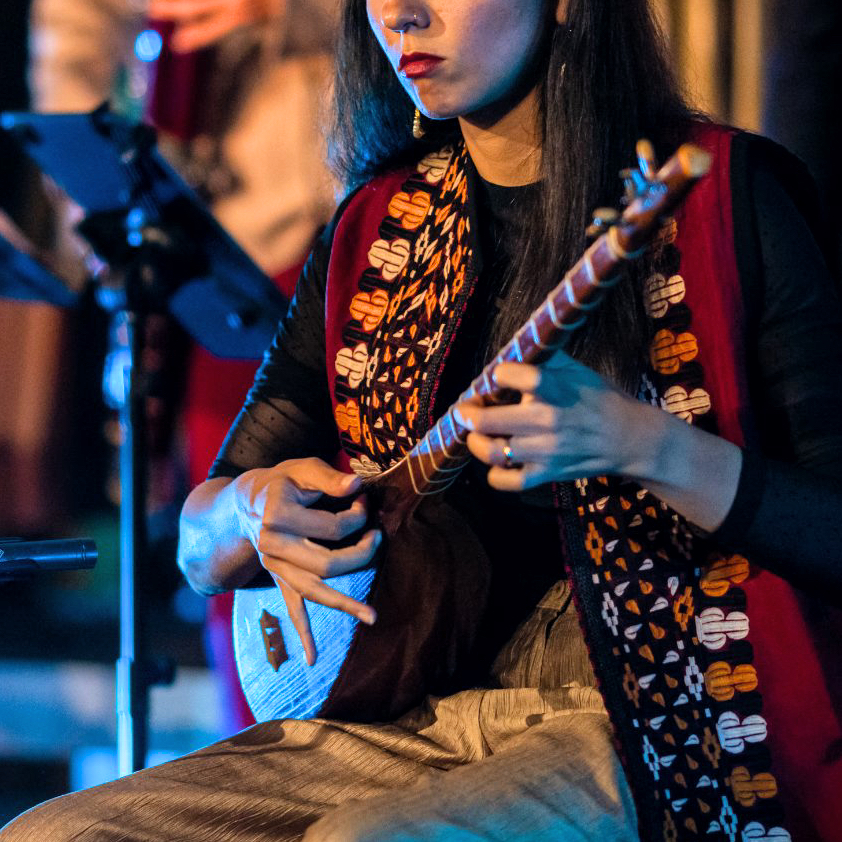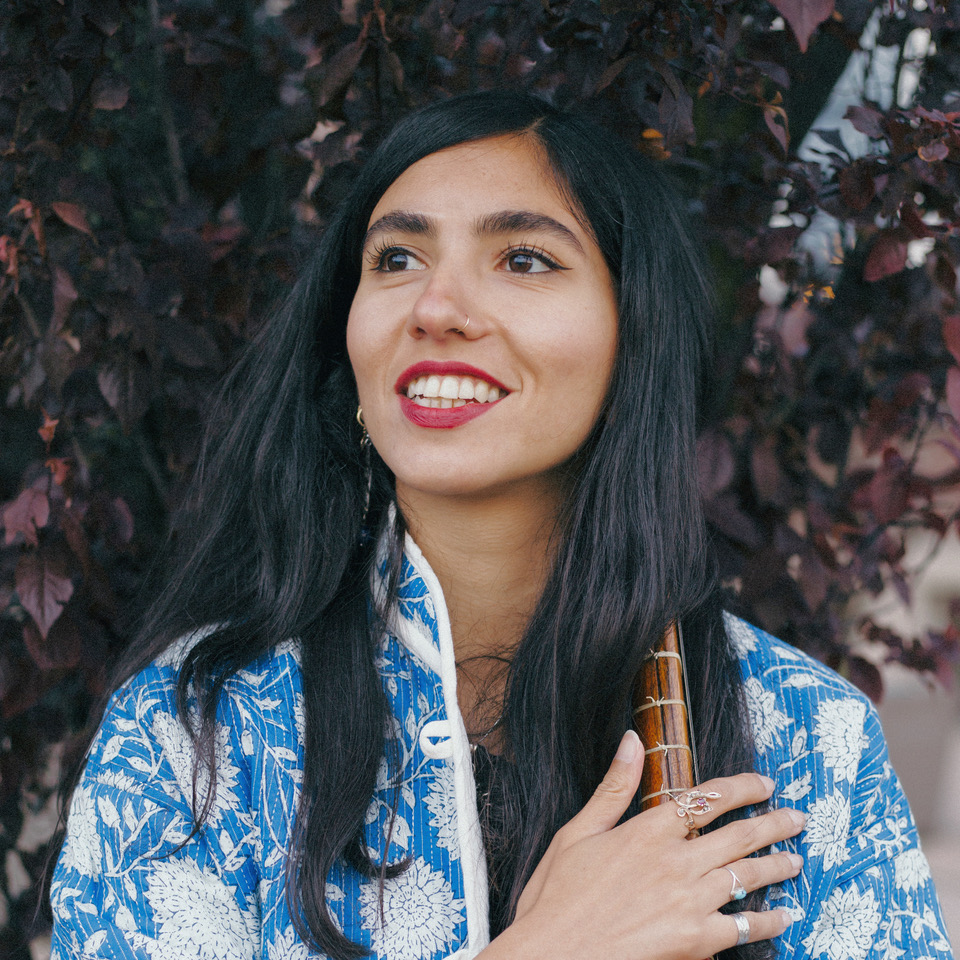Music Teachers - Tanbur
About Tanbur lessons
Tanbur of Kurdistan.
Tanbur is a stringed musical instrument with deep historical roots in Iran, dating back over a thousand years. The instrument is typically made of wood and features a long neck and a rounded body, with three strings, and is often linked to mystical music. Tanbur is played with the fingers of the right hand. There are different variations of the Tanbur across regions, such as Khorasan, Kurdistan, Anatolia, Middle Asia, and north India.
A Vital Role
In addition to its spiritual associations, Tanbur has played a vital role in Iran’s music. The region in which Tanbur is rooted, Kurdistan in Iran, is a region primarily located in the northwest part of the country and is characterized by its mountainous terrain and rich cultural heritage. The instrument has evolved over the centuries, with variations in design and playing techniques, but it remains a symbol of Iran's rich musical heritage.
Reclaiming cultural narratives
In this context, Tanbur serves not only as a musical instrument but also as a symbol of resilience, embodying the spirit of communities striving to maintain their cultural practices and expressions despite external pressures. The revival and continued use of Tanbur in contemporary music reflect a broader movement towards reclaiming cultural narratives and fostering a sense of unity and strength among Iranians.
Cultural Symbol
Tanbur serves as a significant cultural symbol in Iranshahr (essence of Iranian cultural civilization) and is celebrated for its connection to civilization and means of life. While it is often associated with spiritual practices, its role as a cultural emblem extends beyond these contexts, reflecting the rich heritage and identity of Iran. It embodies the artistic expression of the people, showcasing the region's unique musical styles and storytelling traditions. Tanbur also represents the resilience and creativity of the people of Iran.
Importance of Music
As a symbol of cultural pride, it highlights the importance of music as a means of communication and connection among community members. The melodies produced by Tanbur evoke a sense of nostalgia and belonging, reinforcing the cultural identity of the region. Moreover, it has become a symbol of cultural exchange, as it has influenced and been influenced by various musical traditions across Iran and neighboring regions. This adaptability and integration into diverse musical landscapes further solidify its status as a cultural icon in Iranshahr.
Unique Sound
Today, Tanbur is celebrated not only for its historical significance but also for its unique sound and the emotional depth it brings to music. After the revolution of 1979, which led to significant political and social upheaval, many artists and musicians faced restrictions on their expression. However, Tanbur became a means of preserving cultural identity and heritage in the face of adversity. Its often virtuose music often conveys themes of love, spirituality, and resistance, resonating deeply with the experiences of those navigating the challenges of post-revolutionary Iran.
Pioneer
Keykhosrow Pounazeri is a prominent figure in the realm of Tanbur music after the revolution. He is a pioneer for Tanbur composition, while he respects traditional styles. He blends traditional melodies with contemporary elements, creating a unique sound that appeals to both traditionalists and modern audiences. He has dedicated much of his career to preserving the traditional forms of Tanbur music, ensuring that the rich heritage associated with this instrument is passed down through generations. In summary, Tanbur’s significance lies in its representation of cultural heritage, community identity, and artistic expression, making it an integral part of the cultural landscape of Iran.


